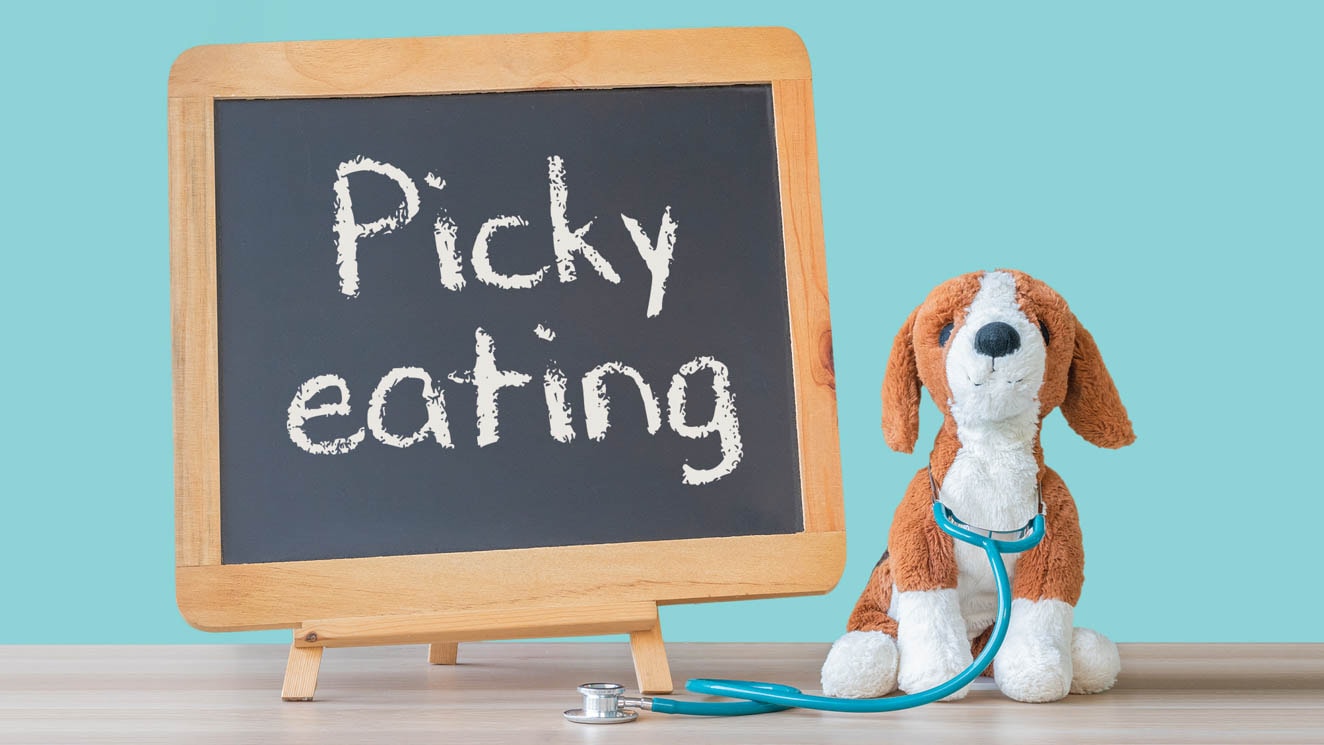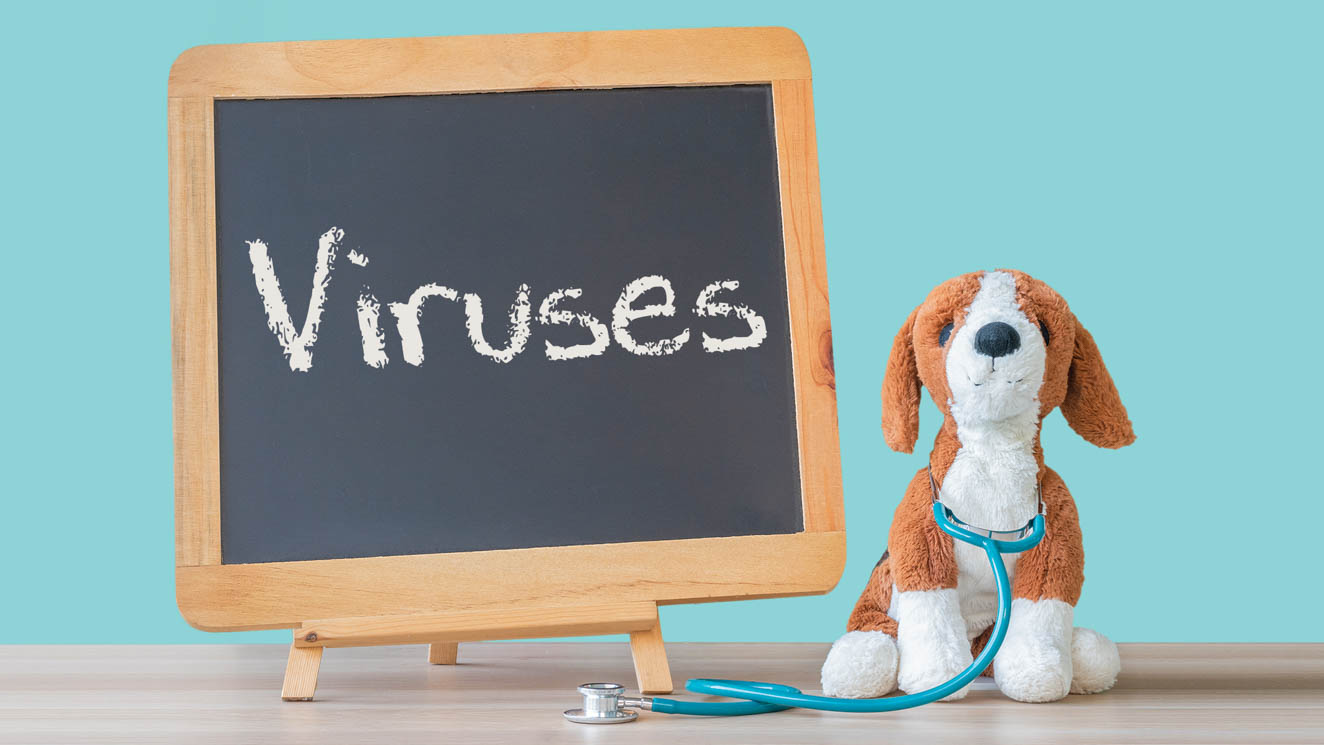

Approved by the What’s Up Moms Medical Advisory Board
“My 10-year old son has such a busy schedule these days. During the school year he only has school P.E. 2x/week. Is that enough exercise?
The short answer is no. Children benefit most from daily activity and “vigorous exercise”… so think flushed cheeks, slightly sweaty, and a touch out of breath. Across the board, kiddos should ideally be getting 60 minutes/day or more of moderate-to-vigorous exercise, so relying on school P.E. doesn’t quite cut it.
But finding ways to keep your kids active is well worth it. Safe to assume we all know that exercise has many benefits for long-term health — but sometimes it’s easy to overlook all ways that regular physical activity can help our kids (and us parents!) be healthier and happier in our daily lives. More physical activity in children is associated with:
- Better school performance – I find it ironic that, as schools are racing to improve test scores and preschools are driven to teach more didactics at a younger age, P.E. time inevitably gets cut. This is short-sighted since multiple studies have shown better school performance in children who are physically fit. Even in children as young as three, increased physical activity has been found to improve cognitive functions, especially in the area of working memory.
- Decreased depression and anxiety – There’s evidence that starting to exercise at a young age can decrease anxiety and depression in children and adolescents. A recent study from the Norwegian University of Science and Technology looked at 800 children and found that 6-8 year olds who were physically active were less likely to be depressed two years later.
- Better sleep – Children who are physically active during the day tend to fall asleep faster and sleep longer than their sedentary peers. (One study found that every hour of the day that kids are inactive adds three minutes to the time it takes them to fall asleep…). The only caveat here is that it’s best not to exercise within an hour and a half of bedtime because that can have the opposite effect and keep kids wired.
- Less hyperactivity and better impulse control – In toddlers, we often think of this as “taking them to the park to get their wiggles out.” I know my kids come home much calmer and more well-behaved after they’ve spent an hour or more running around the park like wild animals. Regular exercise can be particularly helpful for children with ADHD as well.
- Social skills – This is true for both organized sports and unstructured exercise with other children (ie tag, hide-and-seek). By playing in groups, children learn to cooperate, negotiate, solve conflicts, accept defeat and build resilience. Playing sports can teach important lessons about hard work, goal-setting and navigating wins and losses.
- Decreased high-risk behaviors – I talk to all my adolescent patients about high-risk behaviors such as drug and alcohol use and smoking. Interestingly, I’ve noticed that my patients who play sports in high school are much less likely to engage in those high-risk activities. Maybe they’re just too busy with sports and don’t have the time, but I suspect that playing regular sports gives them a certain kind of respect for treating their body well.
- Better immunity – The jury’s still out on this one, but some studies indicate that exercise does indeed have a protective effect in helping children get fewer illnesses.
One word of caution, however: these days a lot of children are getting competitive about sports at an earlier age, and there’s a trend towards early specialization in one sport. Somewhat counterintuitively, multiple studies have shown that early specialization (playing one sport year round without breaks for recuperation) is associated with more physical injuries, early burnout and even social/emotional difficulties. (After puberty, focusing on one sport may indeed make lead someone to excel at a given sport; pre-puberty, it lowers their odds of success). So remember, if your kid is having fun, moving plenty and getting flushed with exercise, it’s a win for everyone.







